Macro photography is all about capturing the tiny marvels all around us. It’s like having a secret key to a hidden world packed with intricate details. This style of photography focuses on photographing small subjects at close range, revealing details that are not visible to the naked eye.
When you dive into the history of macro photography, it’s fascinating. The journey dates back to the early 1900s when Victor Albert George won accolades for his detailed images of small insects. Since then, technology and technique have evolved, turning macro photography into a celebrated art.
So why is macro photography so captivating? For starters, it opens up a brand-new perspective on mundane subjects, giving them an almost magical transformation. A dewdrop on a leaf or the fine texture of fabric can become a subject of wonder.
Macro photography isn’t just about creating beautiful images; it has practical applications too. It’s crucial in scientific research, helping biologists and entomologists examine the minute details of organisms. In art and design, it inspires awe and sparks creativity. With its ability to reveal the unseen, macro photography finds relevance in various fields.
However, just being fascinated isn’t enough. Understanding the basics and history of this craft can set a strong foundation. Embracing macro photography means accepting the challenge of focusing on tiny things and patiently waiting for the perfect shot. The thrill of uncovering details and beauty within the small is truly unmatched.
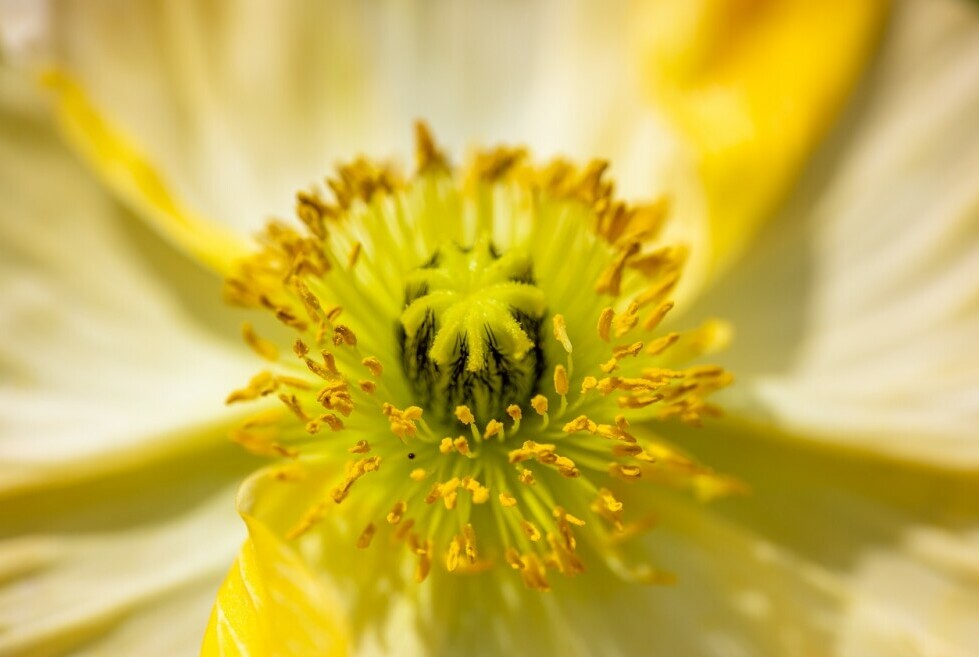
Essential Gear and Tools: What You Need To Get Started
Getting the right gear is crucial for macro photography and can dramatically improve your shots. The first thing you need is a good macro lens. These lenses are designed specifically for close-up work and come in various focal lengths – common choices are 50mm, 100mm, and 180mm. Each has its advantages, but all will get you those crisp, detailed shots you’re aiming for.
If you’re on a budget, extension tubes and close-up filters are great alternatives to macro lenses. Extension tubes fit between your camera body and standard lens, increasing the distance and magnification. Close-up filters screw onto your lens like a filter and magnify the subject. Both options are cost-effective ways to dive into macro photography without breaking the bank.
Having a sturdy tripod is almost non-negotiable. It helps keep your camera steady, especially since you’ll often be dealing with extended exposure times. Keeping your shots sharp is a top priority, and a tripod is your best friend here.
Lighting can make or break your macro shots. Natural light is fantastic, but sometimes you’ll need extra help. This is where a ring flash or twin-flash setup comes in handy. These flashes provide even lighting, reducing harsh shadows and highlighting the fine details of your subject. Reflectors can also bounce light exactly where you need it, adding depth to your photos.
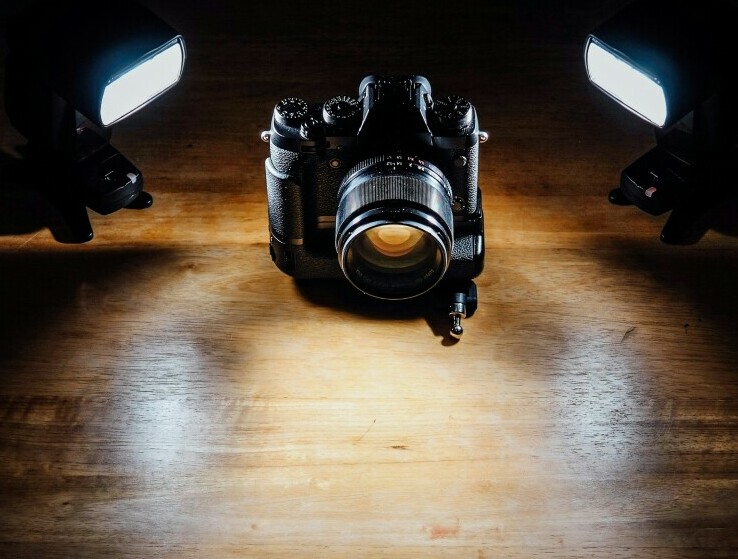
Lastly, don’t forget your camera. Most modern DSLRs and mirrorless cameras can handle macro photography, but some are better suited than others. Look for a camera with high resolution and good low-light performance. These features will give you the clarity and quality you need to capture stunning macro shots.
Putting together your macro photography gear might seem a bit overwhelming at first, but start with the basics and build up from there. Investing in the right tools can make all the difference, turning those tiny wonders into spectacular images.
Techniques and Tips for Mastering Macro Shots
Lighting plays a huge role in macro photography. Natural light is great, but sometimes you need more control. Using diffused light can eliminate harsh shadows and bring out details. A simple homemade diffuser or a specialized macro flash can work wonders.
Speaking of focus, it’s everything in macro photography. Autofocus can struggle with close-up shots, so manual focus is often the way to go. Practice makes perfect. Try focus stacking, a technique where multiple shots at different focus points are combined to create a single image with greater depth of field.
Depth of field is another critical factor. A shallow depth of field can create stunning effects, but too much can make your subject look flat. Experiment with different apertures to achieve the right balance. Small apertures (like f/16 or f/22) increase depth of field but require more light.
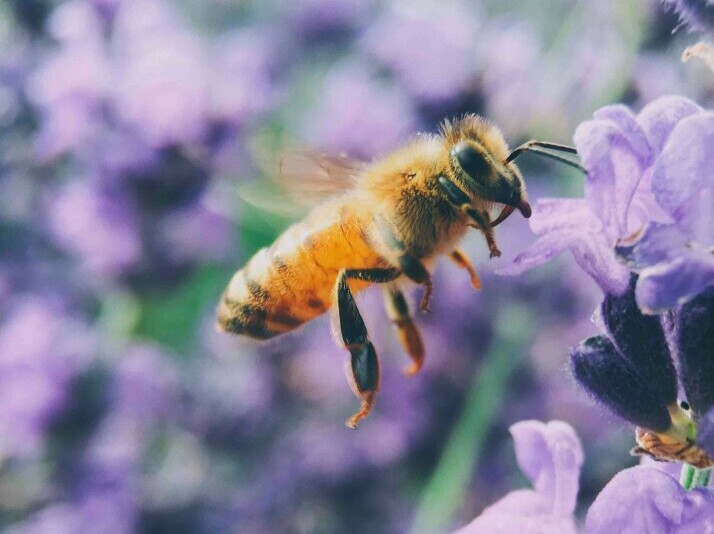
Composition isn’t just about what’s in the frame; it’s also about what isn’t. Pay attention to the background. A cluttered background can distract from your subject. Simple, clean backgrounds help your subject stand out. Try shooting from various angles to find the most engaging perspective.
Mistakes happen, especially when you’re learning. One common issue is camera shake, leading to blurry images. Using a tripod and a remote shutter release can solve this. Another mistake is underestimating how tiny movements can throw off focus – breathe slowly and move gently to keep everything in check.
Exploring Subjects and Finding Inspiration
Macro photography can transform everyday objects into exciting subjects. Flowers and insects are classic choices, offering incredible variety and detail. The intricate patterns on petals or a bee’s fuzzy body can turn a simple photograph into a work of art.
Don’t limit yourself to nature. Household items like matchsticks, fabrics, and even food can look extraordinary up close. A piece of fruit, a textured fabric, or the bubbles in a soda can offer fascinating details. Look around your home for items with interesting textures and patterns.
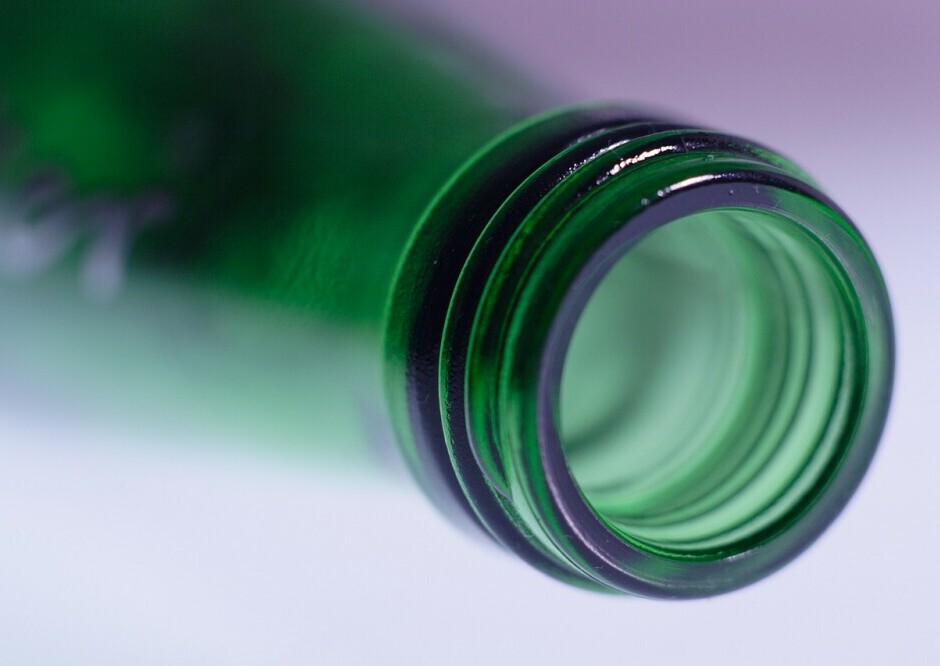
The natural world is a fantastic playground for macro photography. Gardens, parks, and even your backyard can provide a wealth of subjects. Early mornings or late afternoons offer the best natural light, adding a soft, golden touch to your photos.
Experimenting with less obvious subjects can lead to unique and intriguing shots. Dewdrops, raindrops on a window, or the texture of wood can all create amazing images. Using your imagination can turn the ordinary into the extraordinary.
Feeling stuck? Check out the work of renowned macro photographers. Their portfolios can be a rich source of inspiration. Websites, social media platforms, and photography forums are great places to discover amazing macro shots. Participating in a photography community can also provide support and fresh ideas.
Post-Processing: Enhancing Your Macro Photographs
Editing your macro shots can take them from good to outstanding. Basic editing techniques include adjusting the exposure, contrast, and white balance to make sure your subject stands out. Don’t overdo it; subtle adjustments often work best.
When it comes to software, Adobe Lightroom and Photoshop are favorites among photographers. They offer powerful tools for fine-tuning your images. Lightroom is great for batch processing and organizing your shots, while Photoshop provides advanced editing capabilities for more intricate work.
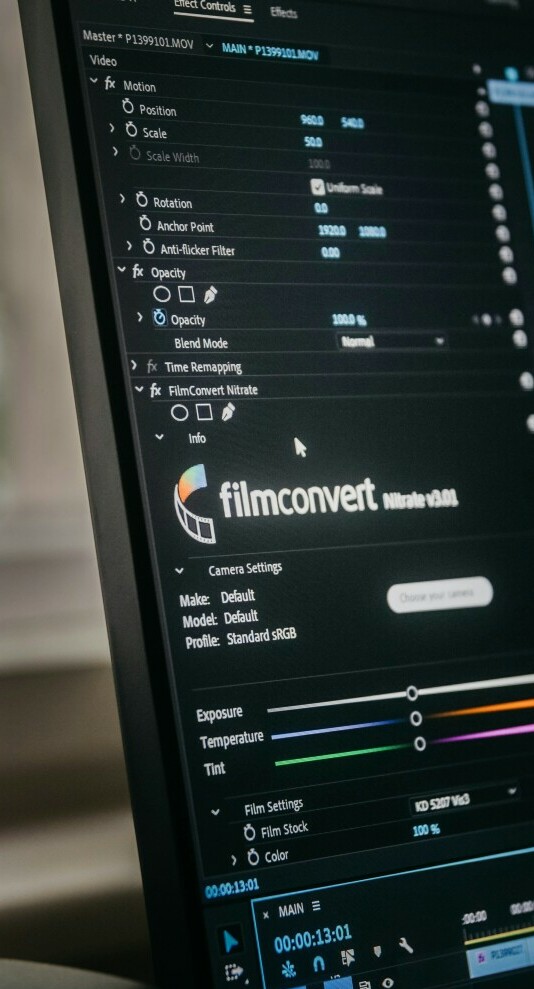
Getting into advanced editing? Techniques like focus stacking can make a huge difference. By merging several images taken at different focus points, you can create a final photo that’s incredibly sharp and detailed. This technique can be particularly useful for macro shots where depth of field is limited.
Ethically, it’s important to keep in mind that editing should enhance but not deceive. Avoid altering your photos to the point where they no longer represent what you captured. Keep the integrity of your subject intact to maintain trust and authenticity in your work.
Last but not least, sharing your work online can be incredibly rewarding. Platforms like Instagram, Flickr, and photography forums are perfect for showcasing your photos. Protecting your images with watermarks can prevent unauthorized use while allowing you to share your creativity with the world.


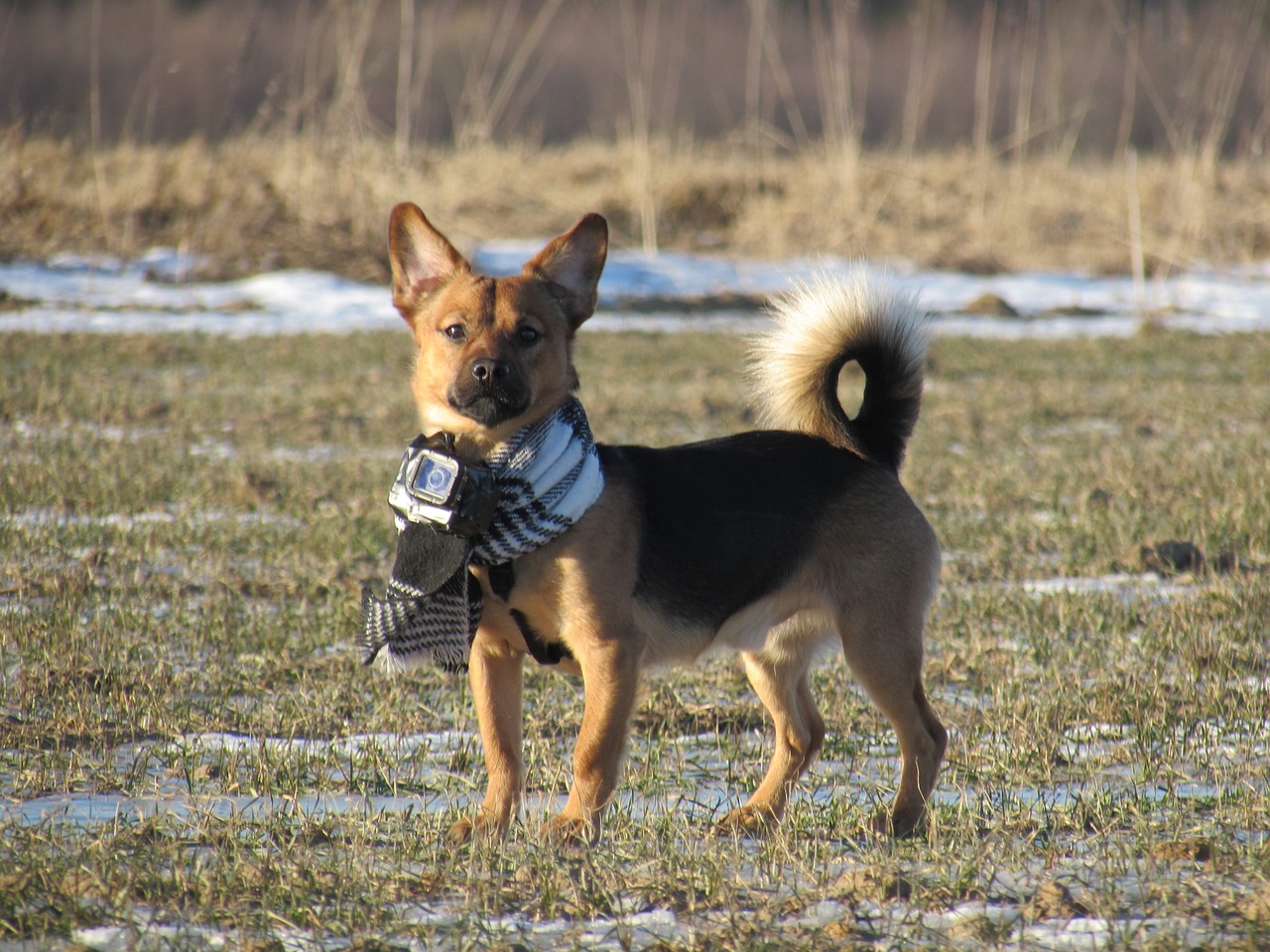
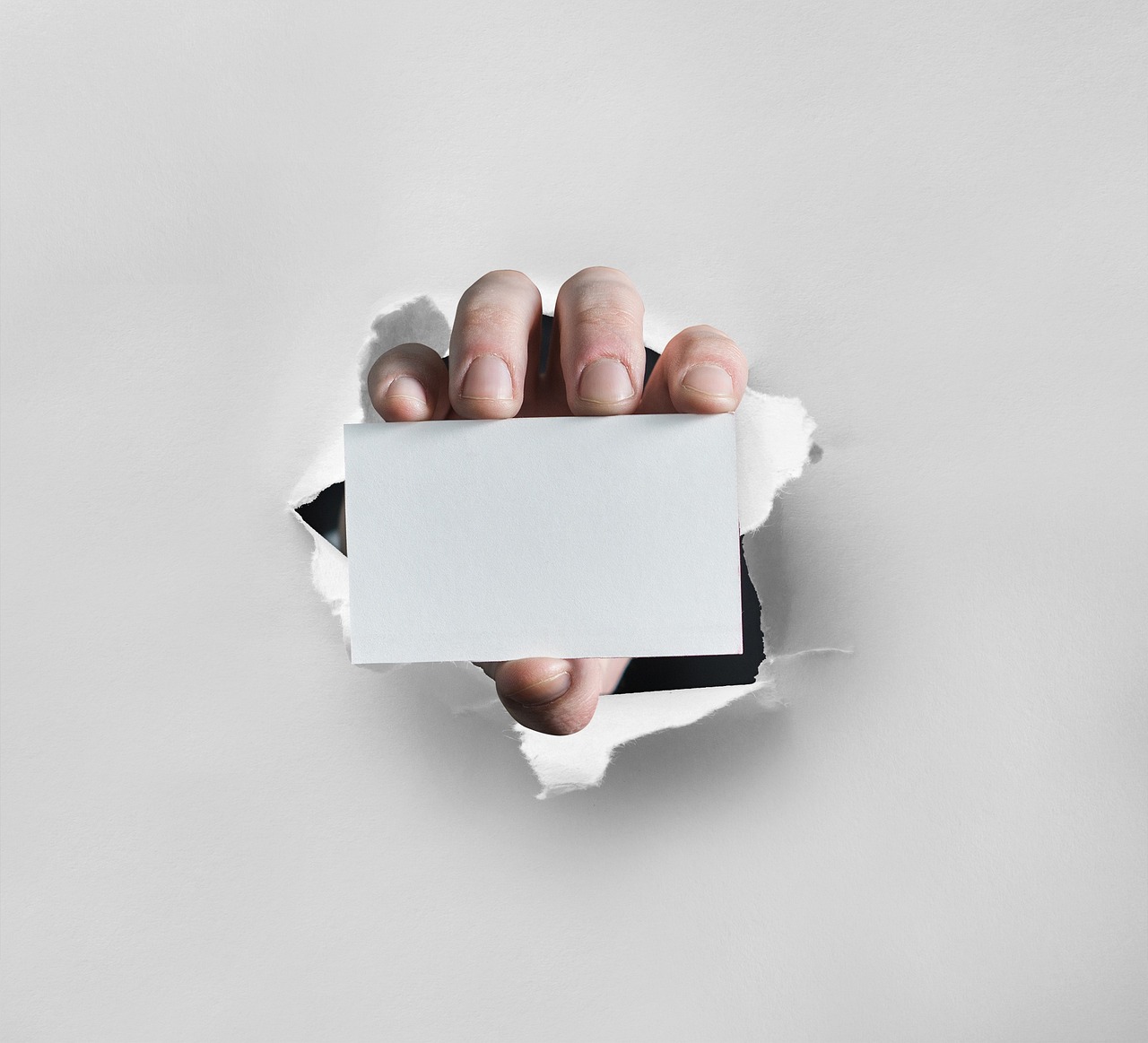
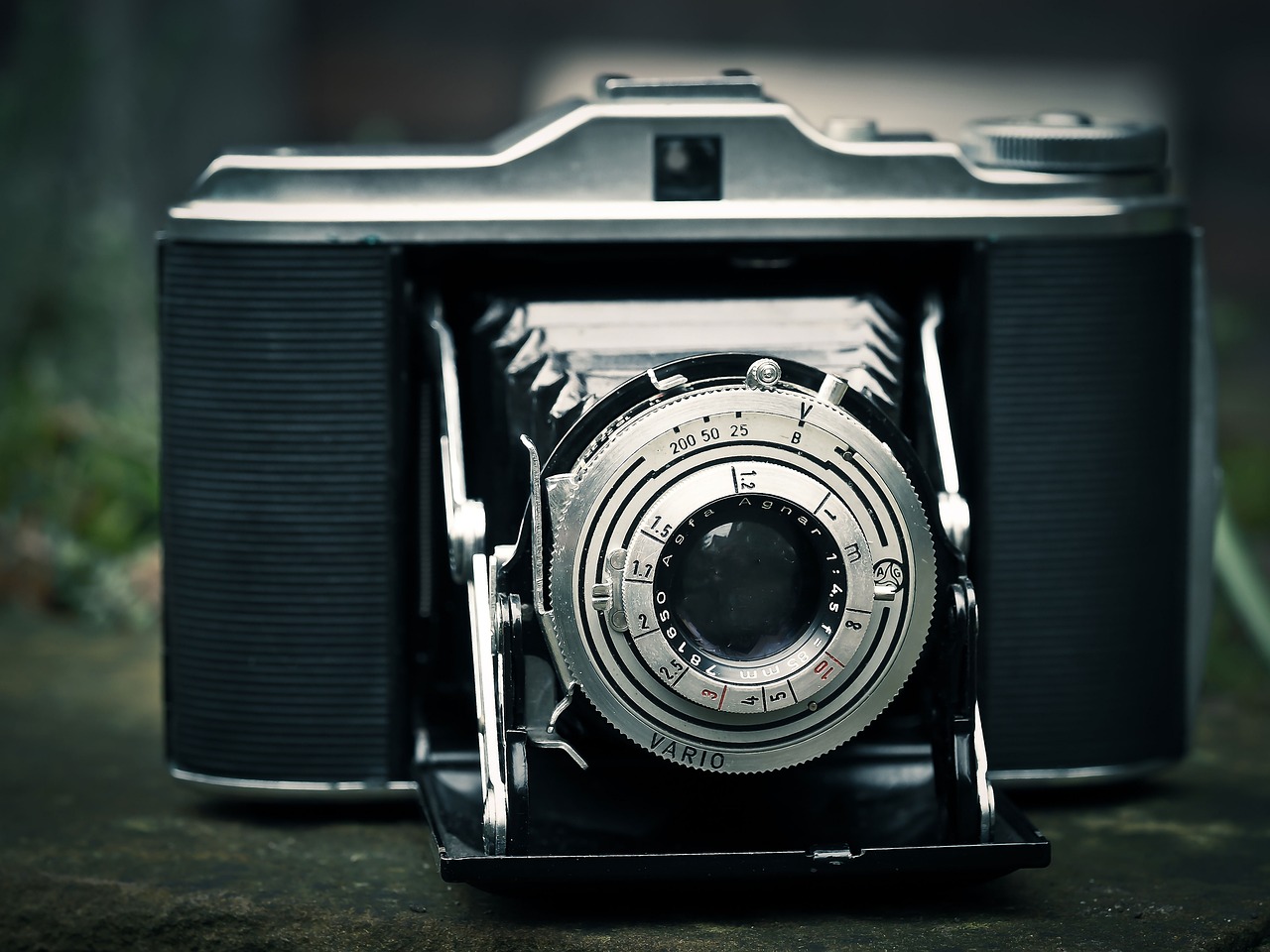
Hey there! I just checked out your article on macro photography, and I must say, it’s a real treat! The way you dive into the tiny details and capture the essence of small subjects is both inspiring and educational. I especially loved the practical tips on gear and lighting—super helpful for anyone looking to improve their macro shots. Your passion for the craft really shines through, making the world of macro photography feel accessible and exciting. Keep up the awesome work!
Cheers,
Gabriel John
Thanks so much for the kind words! I’m thrilled that you enjoyed the article and found the tips on gear and lighting helpful. It’s great to hear that the passion for macro photography came through and made it feel accessible and exciting. I’ll definitely keep sharing more insights and tips, and I’m glad to have inspired you along the way. Keep capturing those tiny details, and happy shooting!